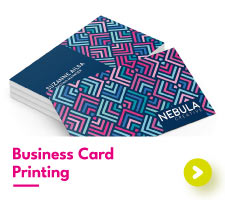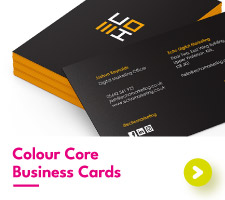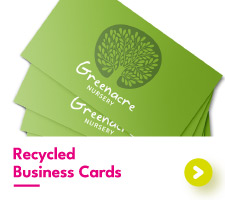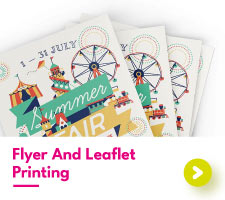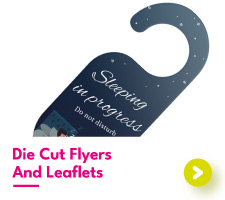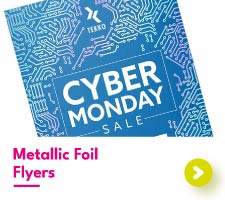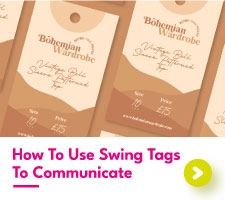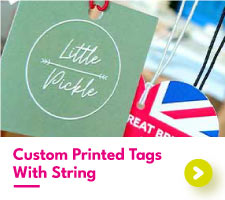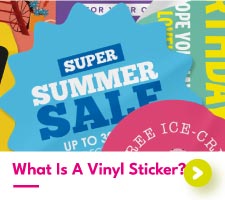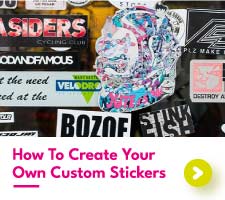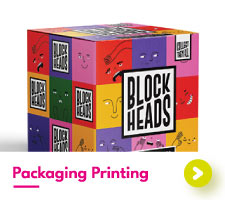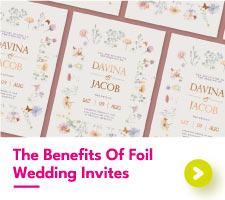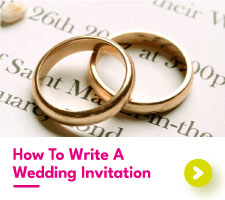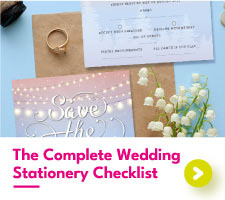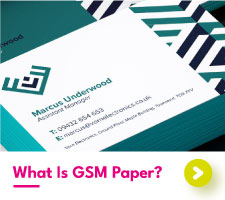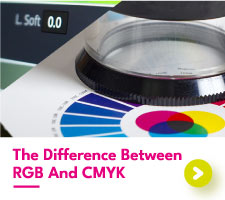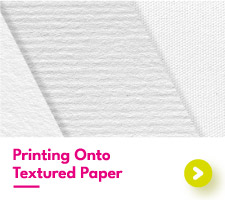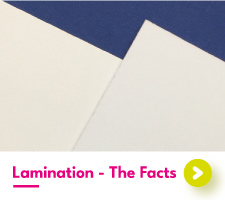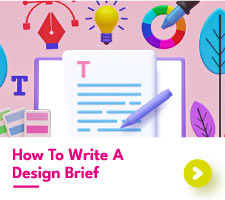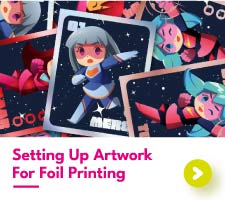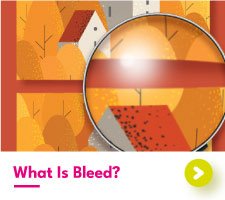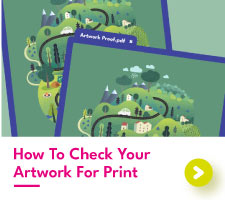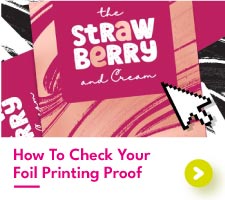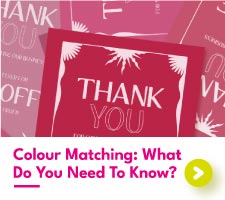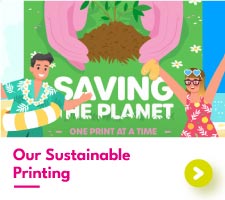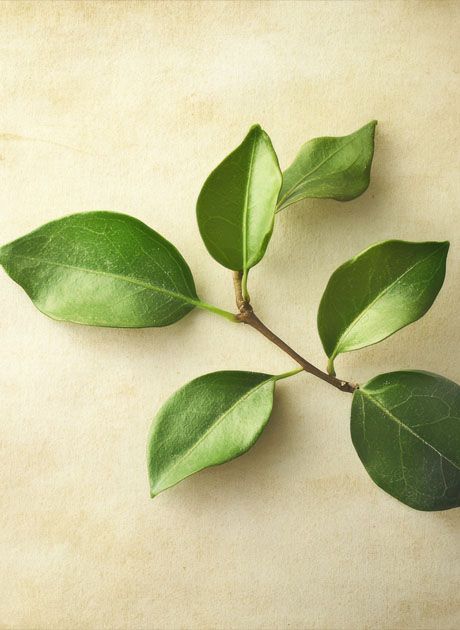Choosing the Right Flyer Paper Weight
When it comes to marketing with flyers, the design is only half the battle. Equally important is choosing the right flyer size, paper weight, and texture to convey the message your brand is attempting to get across. Whether you’re creating A5 flyer size prints, a DL flyer size order, or experimenting with custom die-cut shapes for flyers, the materials you choose have the power to make or break your print marketing.
Flyers are undoubtedly one of the most versatile and cost-effective ways to grab attention, but using the wrong combination of size, paper weight, and finish can easily dilute the desired effect. Imagine handing out a beautifully designed flyer for it to feel flimsy or look dull in your customer’s hands – it’s not the impression you want to leave, right?
In this guide, we’ll walk you through everything you need to know about flyer paper, size, and weight. From understanding the best flyer sizes, like DL flyer size, to exploring paperweight charts, types of finishes, and even the benefits of die-cut options, we’ve got you covered. Whether you’re aiming for premium sophistication or everyday practicality, you’ll find the ideal combination for your next print project.
Let’s dive in, starting with the essentials: paper weight and why it matters!
Choosing the Perfect Flyer Weight
When it comes to creating truly standout flyers, the heft of your flyer paper is just as important as the design and flyer size you choose. Measured in GSM (grams per square metre), paper weight directly affects how your flyer feels in hand, reflects the quality of your brand, and influences its overall durability and longevity. The general rule? The higher the GSM, the thicker and sturdier the paper.
Selecting the right paper weight can take your promo to heights you never imagined, ensuring your custom printed flyers lead to an awesome return on investment. For example, lightweight paper might suit mass mailings, but for handouts like A6 flyer size prints or sleek flyer size DL, heavier paper delivers a premium touch. Keep in mind that not all weights work for every purpose – 200gsm paper, for instance, offers a sturdy feel but may be trickier to fold, making it less ideal for custom-folded flyers or compact flyers destined for pockets or handbags.
The right flyer paper makes all the difference in showcasing your brand’s personality and professionalism. So, let’s take a closer look at how GSM translates to real-world flyering impact with our detailed paperweight chart.
|
Weight of Paper Range. |
What Is It? |
Recommended Uses |
|
100 to 120gsm |
This paper type is a universal standard for office stationery due to its ease of use in home desktop printers. Also a popular choice for notepads, 100-120gsm uncoated stock is perfect for writing on. |
100gsm to 120gsm is ideal for letterhead printing and compliment slips.
|
|
130 to 170gsm |
Heavier and more durable than paper commonly used for writing pads or office stationery, if you're looking for lightweight flyers, 130-170gsm is a great option.
|
130 to 170gsm is the best paper for budget flyers and leaflets, as well as internal brochure pages. It's often used for folded menus and takeaway leaflets for easy door-drop marketing. 160gsm is sometimes used for compliment slip printing, too! |
|
170 to 200gsm |
The midway point between card and paper, this durable stock makes leaflets thicker and gives them a higher quality feel. |
170 to 200 gsm is the best paper weight for high quality double-sided flyers. 170gsm is also great for printing posters and brochure covers! |
|
200 to 250gsm |
This durable weight is the starting point for heavier printed products, giving your print a more rigid feel.
|
200 and 250 are both perfect for brochure cover printing, giving your brochure and booklet covers a rigid, premium finish. For an even more premium booklet, consider 400gsm! |
|
350 to 400gsm |
This sturdy card is built to survive wallets and pockets, making it perfect for business cards.
|
350 and 400gsm are used for brochure cover printing for a more rigid cover, as well as being the go-to favourite for business cards and luxury wedding invitations. |
|
Over 500gsm |
500gsm and above is built to impress, with innovative, premium options such as our 800gsm colour core business card range. |
Double-thick paper stocks open your print up to the exciting world of painted edges! |
Choosing the Perfect Paper and Finish for Your Flyers
When designing your flyer, the type of paper you choose is just as important as the design itself, but we’re repeating ourselves now. The finish not only affects the overall vibe but also the feel and effectiveness of your flyer, playing a pivotal role in how your flyers are perceived. Whether you’re creating an A6 flyer size for club night handouts or larger flyers for letterbox distribution, choosing the right paper finish ensures your flyers lead to real results.
With most printers, flyer finishes generally fall into three categories: matte, silk, and gloss (not at Aura Print though, but we’ll get into that later!). Gloss paper is probably the most common due to its vibrant, shiny surface that proves perfect for enhancing bold colours and sharp images. On the other end of the paper spectrum, uncoated matte paper offers a non-reflective finish that some brands find more sophisticated, ideal for designs with heavy text or a minimalist aesthetic. For something in-between, you’ll find that silk paper offers a smooth texture with a subtle sheen, balancing readability with a premium feel.
While there’s no universal standard flyer size, most flyers – whether A4, A5, or flyer size A6 – benefit from added vibrancy of gloss finishes for eye-catching campaigns. However, silk remains the most popular choice for its versatility and polished look.
If you’re still going back and forth on the best paper type to pair with your flyers design and standard flyer size dimensions, read on. We’ll explore the unique benefits of each finish to help you choose the perfect paper for your next project. Hey, you might even come across some less common Aura Print exclusive flyer stocks!
Gloss Paper
Gloss is renowned for its shiny, reflective finish that makes designs pop with vivid colours and crisp details. Gloss is a particularly popular choice for flyers featuring intricate designs, vibrant visuals, or bold imagery. Its reflective surface enhances the appearance and vibrancy of printed colours, giving them a more vivid and eye-catching appeal.
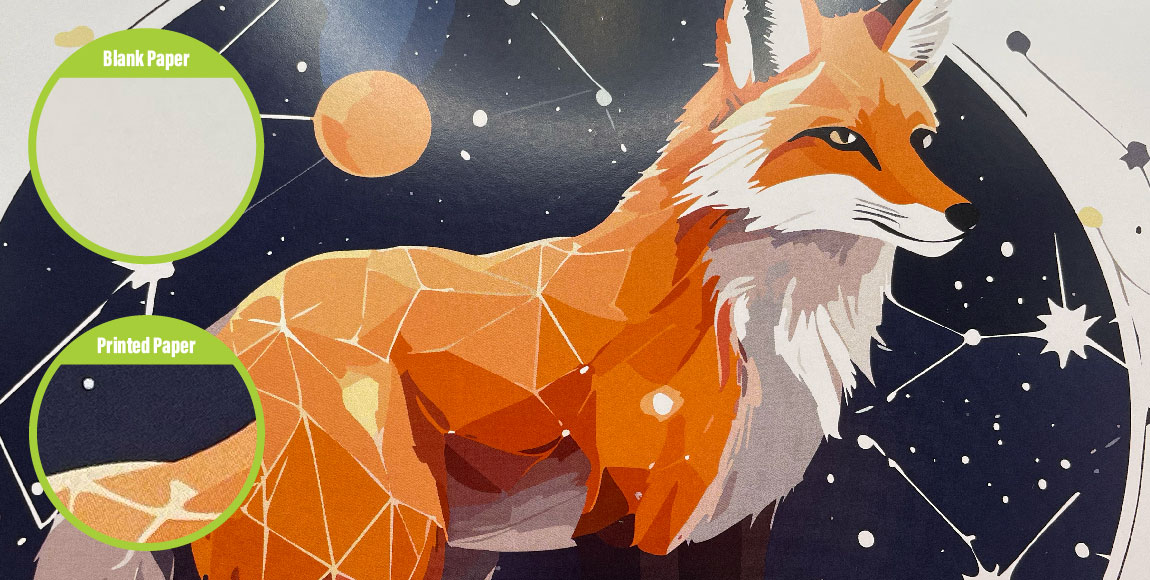

What is Gloss Paper Best For?
Gloss paper is a fantastic choice when you want to create professional, eye-catching, attention-demanding flyers. It’s often used for projects like magazine covers, personalised brochures, and any and all printed marketing materials where a flashy, vivid look is the end goal. While paper for flyers has shifted in popularity toward uncoated and silk finishes, gloss still holds a valuable place in design for its ability to draw crowds.
The reflective nature of gloss makes it especially popular for common flyer sizes, such as A5 or size for flyers designed to promote events or showcase colourful images. Its high sheen not only catches the light but also enhances the vibrancy of your colours, making it perfect for marketing materials that aim to stand out.
If you’re considering gloss for your flyer, it works exceptionally well for:
- Flyers with heavy use of photos or bold, colourful designs, e.g. beauty leaflet and flyer printing.
- High-impact visuals for flyer campaigns aimed at grabbing attention quickly.
- Materials where a luxurious and polished aesthetic is essential, such as brochures or magazine covers.
While gloss paper excels in creating a punchy impression, it may not be ideal for text-heavy designs, as the shine can make readability more challenging under certain lighting conditions. For those looking for a versatile, balanced finish, silk or uncoated paper may offer a better solution.
Silk Paper
Silk paper is the go-to choice for many flyer printing projects in the UK. It hits the perfect balance between the high shine of gloss and the muted elegance of matte, making it one of the most popular options for flyers. This midway paper finish gives your flyers a subtle sheen that enhances vibrancy without the intense reflection of gloss, ensuring your designs remain easy to read and handle.
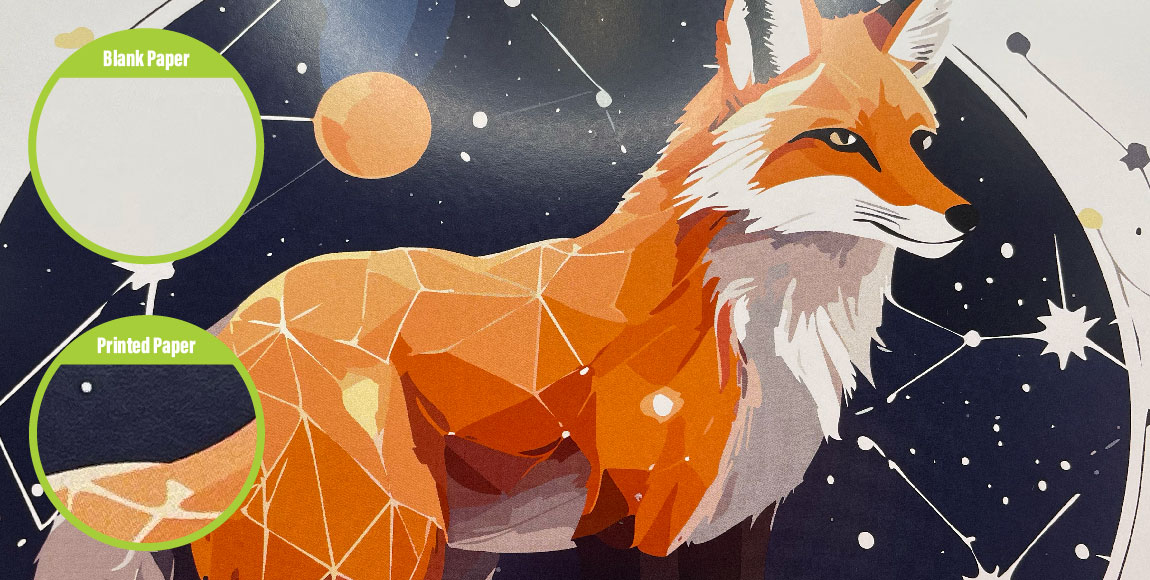

What is Silk Paper Best For?
Often regarded as the best paper finish for flyers and leaflets, silk paper excels in delivering a high-quality look and feel. Its smooth surface ensures excellent image reproduction, with showstopping colours and sharp contrast. Unlike gloss, silk paper doesn’t create so much glare, which makes it a fantastic option for designs that combine imagery with text.
When printing flyer sizes UK standards, such as A5, A6, or DL, silk paper is a reliable choice due to its adaptability to virtually any design. It’s particularly well suited for:
- Flyers that combine colourful imagery with detailed text, such as restaurant flyer printing.
- Normal flyer sizes intended for direct mail campaigns or handouts.
- Flyers that incorporate premium finishes, such as metallic foil printing, where the silk texture enhances the overall effect. Think shimmering holographic rainbow flyer printing!
Why Silk is a Typical Flyer Choice
When customers ask about the best paper for flyers, silk paper consistently comes out as top dog! Whether you’re working with a typical flyer size such as A6, or A5 flyers for more detailed messaging, silk paper offers the ideal mix of readability and impact.
Many businesses choose 150gsm silk paper as their preferred weight for flyers due to its professional, slight finish. Its durability and smooth texture make it perfect for a wide range of promotional materials, from simple handouts to more premium marketing campaigns.
Uncoated Paper
Uncoated paper, often referred to as matte stock, is a versatile option with a natural finish that doesn’t reflect light. Unlike gloss or silk finishes, uncoated paper lacks a smooth surface, instead offering a slightly coarser and softer touch, allowing you to feel the raw fibres of the material.


What is Uncoated Paper Best For?
Uncoated paper is a great fit for designs where readability is paramount. Since it doesn’t cause glare, it’s ideal for text-heavy flyers, professional business brochures, and leaflets, ensuring your message is easy to read. Not only is uncoated stock ideal for flyers, but pairs perfectly with classy business cards or uber-professional business stationery.
While normal flyer sizes like A6, A5, or DL are often printed on coated paper for it’s showstopping sheen, uncoated stock offers a sophisticated alternative that’s not to be dismissed! It’s particularly suited to minimalistic designs or projects where a natural, eco-friendly feel matches your business’ aesthetic.
Uncoated paper’s absorbent surface creates a softer look for printed colours, adding subtlety to your design. This makes it an excellent choice for:
- Text-based flyers and leaflets such as advertising flyer and leaflet printing.
- Designs aimed at a premium, understated aesthetic – think estate agent flyers!
- Flyer sizes UK that prioritise readability and a professional yet natural feel.
Before jumping headfirst into a batch of uncoated flyers it’s worth considering that, while uncoated paper can be highly effective for certain designs, it’s worth noting that it may not provide the same vibrancy for imagery as gloss and silk paper. If your flyer combines bright images and text, silk or gloss may well be a better fit. However, for a typical flyer size, uncoated stock really shines when you want to emphasise clarity, texture, and sophistication.
The Best of the Rest: Unique Paper Stocks for Flyer Printing
When it comes to making your flyers stand out, selecting a unique paper stock can be as important as your design. Beyond the traditional gloss, silk, and uncoated papers, Aura Print offers uniquely alternative options that add a distinct character and practicality to your flyers. Whether you’re working with standard flyer dimensions or custom shapes, these materials can help boost your print marketing efforts tenfold.
Kraft Paper


If your brand leans toward eco-consciousness or rustic aesthetic, Kraft paper printing is a fantastic choice. This unbleached paper, with its natural brown colour, offers an earthly, rustic charm that immediately sets your flyers up for success. Ideal for brands promoting organic products, handmade goods, or environmental causes, Kraft paper flyers make a strong visual, environmental, and ethical statement.
When printing on Kraft paper, it’s important to adapt your design to its unique properties. Colours will naturally appear darker due to the brown base, so darker tones work best, while lighter shades may adopt a muted, brownish hue. This makes Kraft paper ideal for bold, minimalistic black designs that stand out against a more natural background, and are a popular choice for alternative brands, tattoo studios, and anyone looking to create print marketing that’s a little bit different.
Cotton Paper


For truly premium flyer printing with a sustainable edge, cotton paper is as luxurious as it is kind on the planet. Unlike traditional paper, cotton paper is crafted from sustainably sourced cotton, giving it a unique, soft texture that feels beyond premium.
Cotton paper is ideal for elegant designs and professional flyers for high-flying businesses and brands in the fashion, art, or premium service industry. The muted colours created by its natural surface lend themselves to subtle, sophisticated branding. Flyers printed on cotton paper are perfect for conveying quality and care, especially in smaller formats like A6 flyer sizes or other usual flyer sizes where sustainability really matters.
Recycled Uncoated Paper


Recycled uncoated paper combines sustainability with classic uncoated appeal, making it a go-to option for recycled flyer and leaflet printing. This stock mirrors the matte finish and natural feel of traditional uncoated paper but adds a charming, imperfect texture thanks to its recycled fibres.
Ultimate Durability with Nevertear


For flyers that need to endure the elements or frequent handling, Nevertear is the ultimate material. This synthetic, waterproof material is tear-resistant and smudge-proof, offering unmatched durability for flyers exposed to challenging environments.
Printing waterproof flyers on Nevertear ensures your designs remain vibrant and intact, even in adverse conditions. It’s perfect for outdoor promotions, street flyering, and custom menu printing. Available in standard sizes like A5 and DL, as well as custom dimensions, Nevertear is the #1 choice for businesses who need long-lasting flyers created to withstand heavy handling or adverse weather.
The Perfect Flyer Size: A5 vs A6 and Beyond
Choosing the right flyer size is crucial for effective flyer printing, ensuring your message resonates with your audience. Understanding flyer sizes in the UK helps you select the best option for your campaign while staying within budget. Whether you’re considering A5 flyer size, the slightly more compact A6 flyer size, or alternatives like DL, knowing their uses and benefits is key.
What Size is a Flyer?
The most normal flyer size in the UK is A5 (148 x 210mm). It strikes the perfect balance between being compact yet spacious enough to showcase your message. On the other hand, A6 flyers (105mm x 148mm) are half the size of A5, making them an excellent choice for more targeted promotions. Both are widely used for their cost-effectiveness and practicality.
A5 Flyer Size: The Advertising OG
The A5 flyer is the go-to for most businesses looking to invest in paper marketing, primarily due to its ample space for impactful visuals and persuasive text while remaining nice and portable. A5 works exceptionally well for:
- Direct Mail Campaigns: Large enough to grab attention but compact enough for easy handling.
- Public Distribution: Whether handed out at events or placed in orders, A5 is versatile and professional.
- Display on Noticeboards: Perfect for community spaces or retail settings where visibility matters.
A6 Flyer Size: Compact and Cost-Effective
If you’re wondering what flyer size suits smaller campaigns with tighter budgets, A6 flyers are ideal. With dimensions that resemble standard size postcards, they’re portable, affordable, and great for concise messaging. These flyers excel in:
- Point-of-Sale Promotions: Their size makes them perfect for showcasing discounts or offers near the checkout.
- Event Invitations: Compact yet professional, A6 is the perfect size for custom printed invitations and flyers as they’re easy to distribute and retain.
- Insert Marketing: Great for slipping into shopping bags or packaging for subtle brand reinforcement. Think thank you postcards for Etsy businesses!
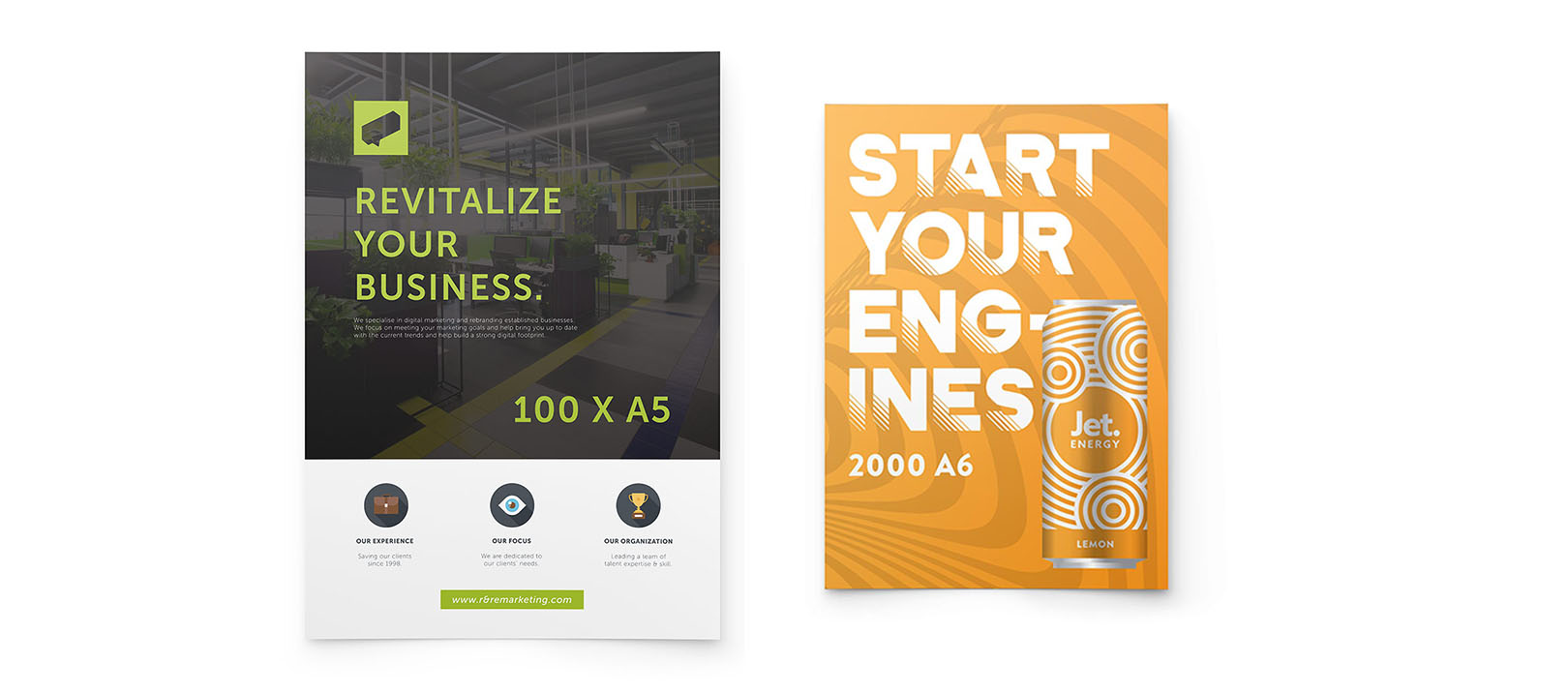

Die-Cut and Custom Shaped Flyers
If you’re looking to truly stand out, which of course you are, die-cut flyers and custom-shaped flyers are an excellent choice. These are not confined to the traditional rectangular format and can be tailored into unique shapes such as a car for a mechanic, a puppy for a dog walking service, or even your company logo. Here’s why they work so well:
- Eye-Catching Designs: The novelty of a custom shape immediately grabs attention and makes your brand appear more personable.
- Tailored Branding: Match the flyer shape to your product or service for a cohesive marketing message (e.g., a cupcake shape for a bakery).
- Versatility: They’re perfect for promotional events, product launches, or as keepsakes for customers.
Custom shapes are particularly effective when combined with premium materials like foil or laminated finishes, ensuring your flyers not only demand to be read, but kept. Whether you opt for DL flyers, die-cut shapes, or classic sizes like A5 or A6, aligning the format with your brand’s image ensures a high return on your flyer investment.


Flyer Size DL and Other Popular Flyer Options
For more unique marketing needs, flyer sizes like DL (99mm x 210mm) and custom shapes can make a big impact, particularly in the leisure and events industry. The DL flyer size is tall and narrow, giving it a modern, elegant look perfect for custom-printed menus, price lists, folded maps, or even event programs. It’s also compact enough to fit into envelopes, making it ideal for direct mail campaigns.
Flyer Size Conversion: International, Imperial, and US Paper Sizes
To help you choose the perfect format for your campaign, we’ve created a handy flyer size conversion chart that includes international paper sizes, their dimensions in millimeters and inches, and the nearest US paper size equivalents along with their dimensions.
|
International Paper Sizes |
Dimensions in Millimeteres (mm) |
Dimensions in Inches(in) |
Nearest US Paper Size Equivalent |
U.S. Page Dimensions |
|
A4 |
210 x 297mm |
8.27 x 11.69" |
Letter Size |
8.5 x 11" |
|
A3 |
297 x 420mm 210 x 356mm |
11.69 x 16.54" |
Tabloid or Poster |
11 x 17" or 11 x 14" |
|
A5 |
148 x 210mm |
5.83 x 8.27" |
Half Letter |
8.5 x 5.5" |
|
A6 |
105 x 148mm |
4.13 x 5.83" |
Postcard |
6 x 4" |
|
DL |
110 x 220mm |
8.66 x 4.33" |
Long Letter |
4 x 8" |
In Summary: The Ideal Flyer for Your Campaign
Crafting effective flyers and ensuring they reach the right audience at the right time requires thoughtful planning and effort. However, the rewards are undeniable, as a well-executed campaign can deliver impressive flyer return on investment (ROI).
If you’re still pondering ‘what is the size of flyers’ that best suits your campaign, this guide has covered everything from A5 and A6 to flyer size DL. We’ve even explained custom die-cut options, so you can find the right fit for your message.
At Aura Print, we’re passionate about helping you create standout flyers and premium marketing materials that lead to real results. Whether you’re designing shimmering foil invitations or metallic foil business cards, our talented team of designers are here to bring your vision to life.
Ready to take your flyer printing to the next level? You’re in the right place!

 USA
USA FR
FR
